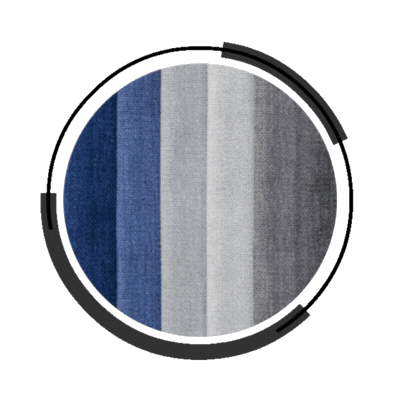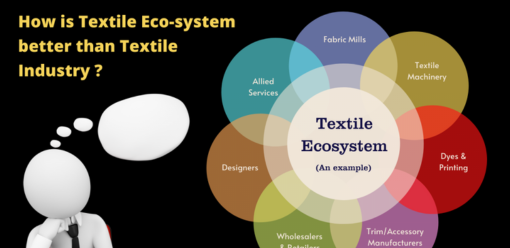


B2B marketplaces within the textile ecosystem have experienced significant growth globally and domestically. Online platforms have made B2B buying and sourcing more accessible at affordable prices. Shorter delivery times are now a standard, driven by streamlined processes. Disruptive technologies are transforming traditional practices, paving the way for innovative opportunities in the industry.
Consumers, especially in India, are better connected due to rapid internet penetration. Companies like Sowtex are developing sustainable and user-friendly mobile applications to enhance engagement with partners and clients. This heightened mobility allows businesses to stay connected with their stakeholders from virtually anywhere, ensuring a seamless experience.
Platforms with robust B2B and B2B components have cultivated a collaborative culture among stakeholders. Businesses are leveraging immersive tools to explore trends in manufacturing, distribution, and textile usage. Modern consumers are better informed, open to exploring cost-efficient and effort-effective options, and willing to embrace innovative digital solutions for their needs.
AI-driven algorithms play a crucial role in personalizing user experiences. They enable tailored searches based on user behavior and preferences, enhancing the discovery process. Consumers can also try garments and textiles digitally, minimizing costs and effort while improving convenience and satisfaction.
Holistic review mechanisms are integral to the textile ecosystem. Detailed analytics offer insights into textile samples' success rates and key performance indicators. Virtual fashion collections and 3D visualizations, such as those by Tukatech, contribute significantly to sustainability and innovation. Realistic simulations provide eco-friendly solutions, are easy to share, and open doors to further advancements like NFTs in the Metaverse.
The integration of the Metaverse and Web3 introduces immersive branding opportunities for businesses. These futuristic financial models allow companies to create new revenue streams through NFTs and other digital assets. Interactive digital models further enhance customer engagement, fostering loyalty and deeper connections with the brand.
In conclusion, the textile ecosystem surpasses the traditional textile industry by fostering innovation, promoting efficiency, and prioritizing sustainability. Its ability to leverage technology and collaboration positions it as the future of the textile world, addressing modern challenges while creating dynamic opportunities for growth.
Please reach out this https://sowtex.com
